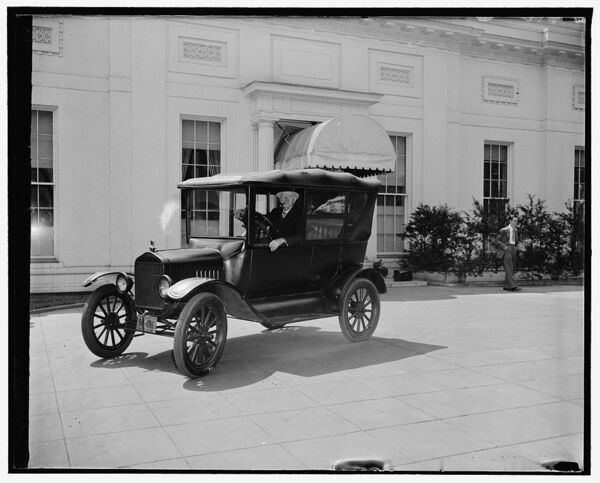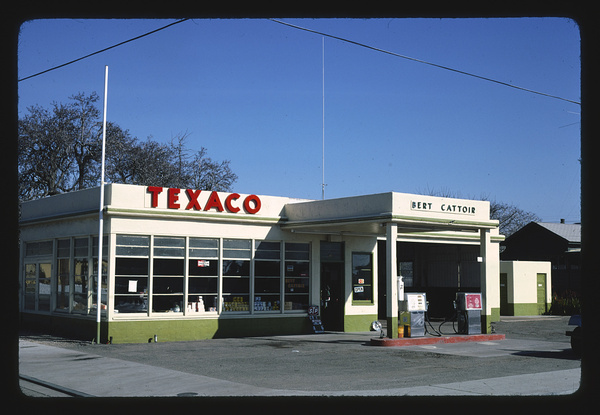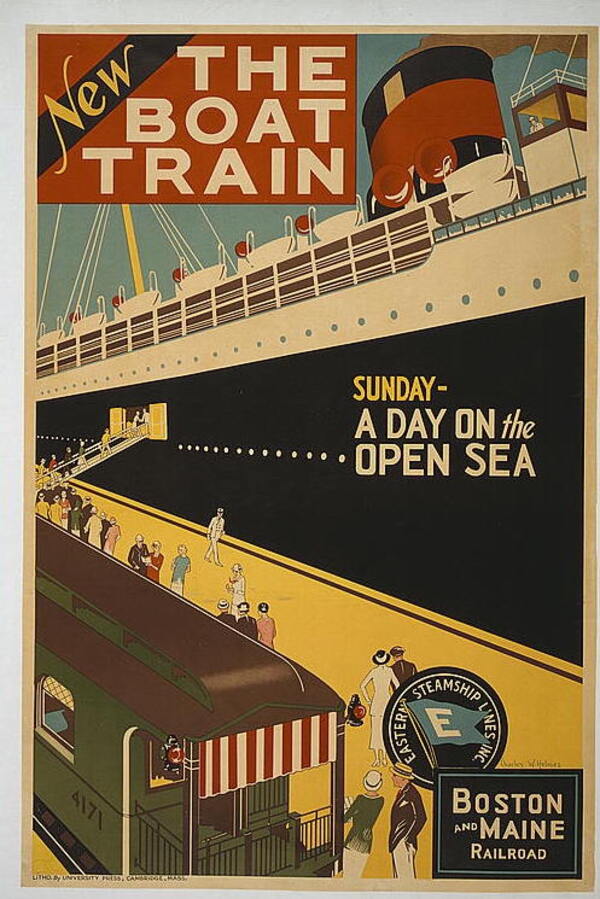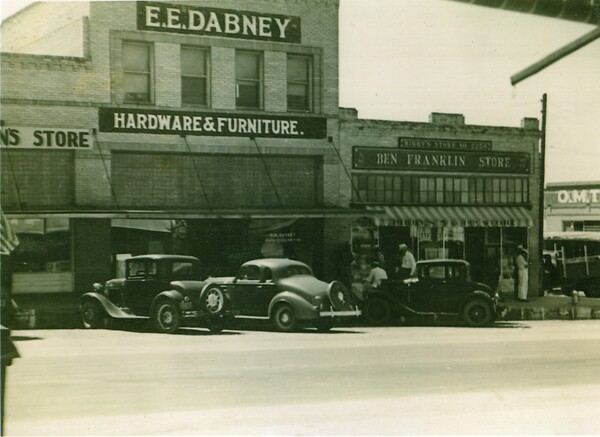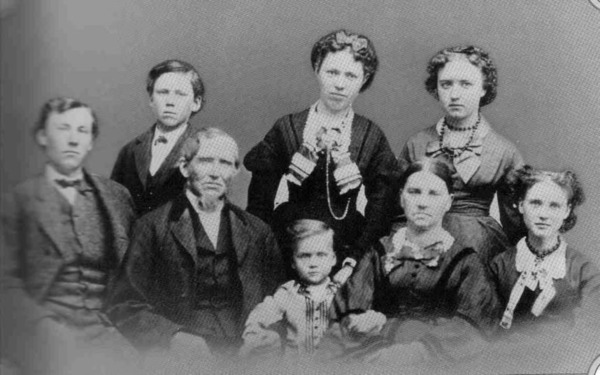Step back in time and join me on an exciting tour through the Roaring Twenties! Whether you're a fashionista looking to recreate the style of the era, a history buff wanting to explore its iconic events, or just someone who's after some thrilling fun - this post is for you. Together we'll take a journey back to one of America's most revolutionary decades – full of bold new ideas, unique cultural trends and passionate people who were determined to push boundaries. From flappers and speakeasies to roaring music, radical dance moves and world-altering inventions - let’s discover what made this momentous time so special!

The Roaring Twenties in Context:
The Roaring Twenties was a time of great change in America. World War I had ended, and people were looking for ways to have fun and enjoy life. New technologies were emerging, such as cars and radios, and people were eager to try them out. The economy was booming, and many people became wealthy during this time.
The 1920s were also a time of prohibition, when alcohol was illegal in the United States. This led to the development of speakeasies, which were secret bars where people could drink illegally. The jazz age was also in full swing during the 1920s, and people were listening to new types of music and dancing to the latest dances.

Overall, the Roaring Twenties was a time of great change and excitement. People were eager to try new things, and the economy was booming. It was a time of great progress for America, and it left a lasting impression on the country.
-What were the key trends in fashion for women during the 1920s?
During the early 1920s, women's clothing changed drastically. Skirts became much shorter and more form-fitting, and women began wearing less layers of clothing. This was likely due to the invention of the sewing machine and the rise of the fashion industry. Women no longer had to spend hours hand-sewing their clothes, and they could now purchase affordable, stylish clothing from stores. Additionally, the flapper movement led to a more casual style of dress, with shorter skirts and looser tops. Women began to wear less makeup and let their hair grow longer and wilder. Overall, women's clothing became much more revealing and sexier during this time period.
1) The flapper look: This was the dominant look of the decade, characterized by short skirts, loose fitting blouses, and bobbed hair. The flappers rebelled against traditional feminine ideals, choosing instead to express themselves through their clothing.

2) Art deco design: This style was popularized during the 1920s and is characterized by its geometric shapes and use of chrome and other metallic finishes. Here's one amazing example of this Art deco design in women's fashion

3) Sportswear: With the rise of sports and fitness culture, sportswear became increasingly popular during the 1920s. This included items such as tracksuits, sneakers, and sports br
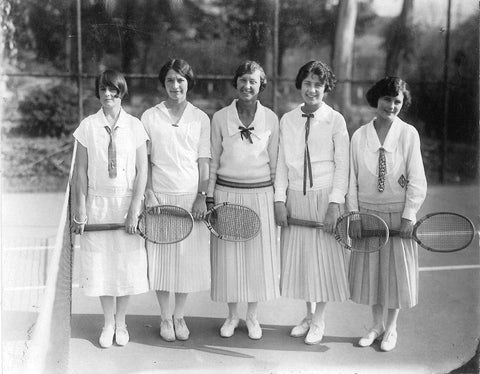
4) Dresses with dropped waists: Dresses with dropped waists became popular in the early 1920s and remained fashionable throughout the decade. They are often characterized by their A-line silhouette.
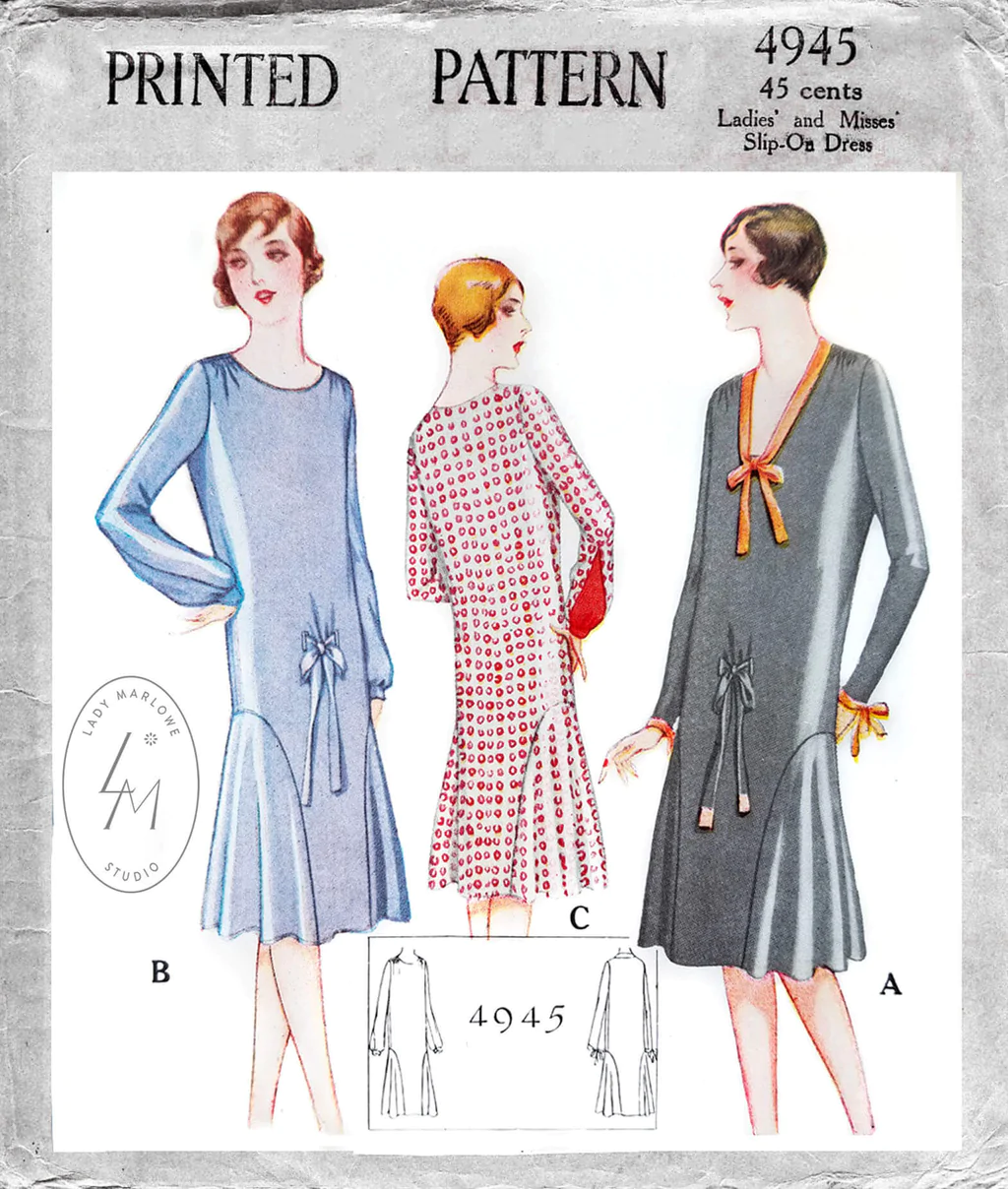
5) Leather jackets: Leather jackets first became popular in the late 1920s and remained popular into the 1930s. They are often associated with the biker gangs of that era.

-What were some of the most popular accessories of the era?
Just like in any other era, there were a variety of popular accessories that people loved to wear in the 1920s. Some of the most popular accessories included hats, jewelery, and scarves.
Hats were extremely popular during the 1920s, and there were a variety of different styles that people loved to wear. Fedoras, beanies, and cloches were all popular styles of hats during the era. Many women also loved to wear decorative headbands, and these were often adorned with jewels or flowers.
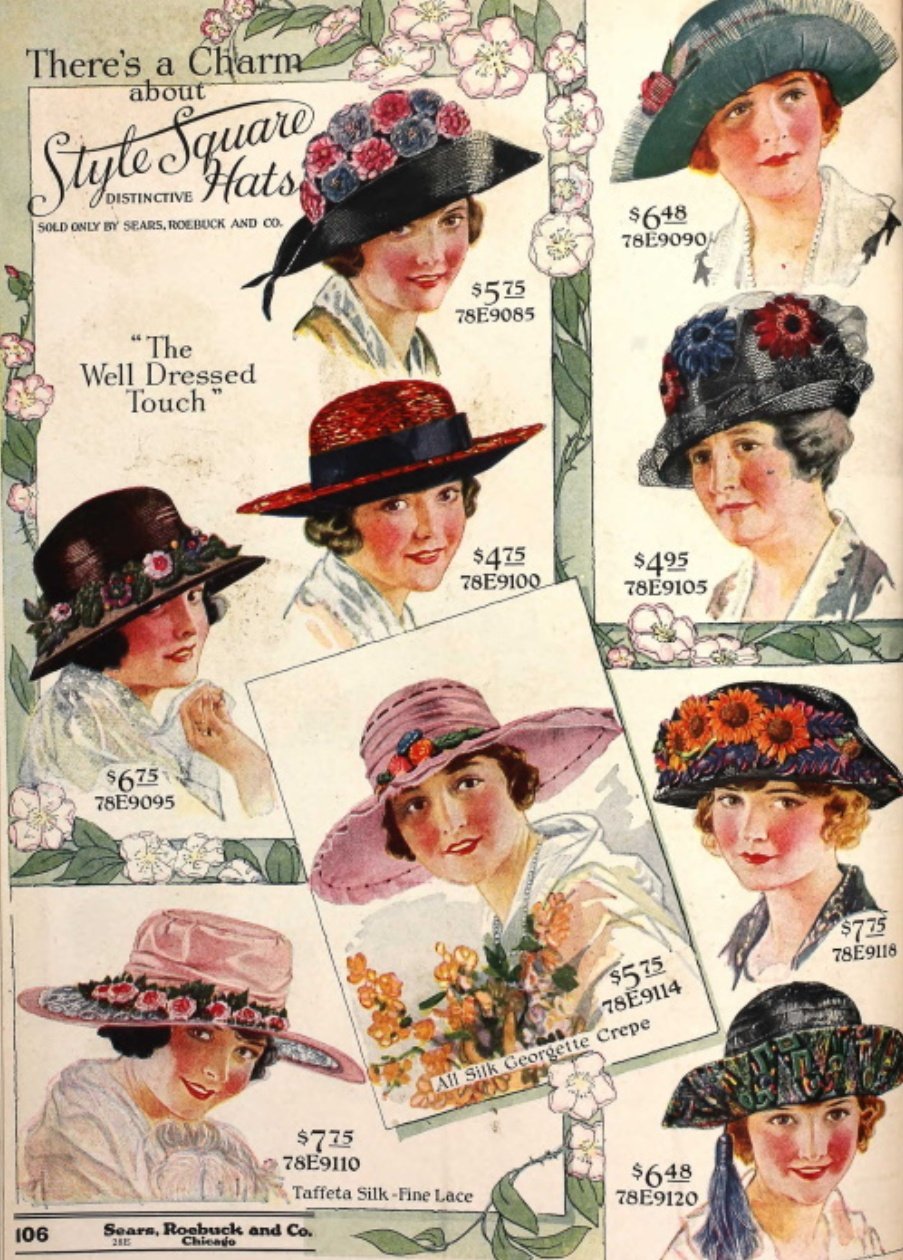
Jewelry was also extremely popular during the 1920s. Necklaces, bracelets, and rings were all common pieces of jewelry during the era. Many women loved to wear large diamond rings, and necklaces and bracelets made from precious stones were also very popular.
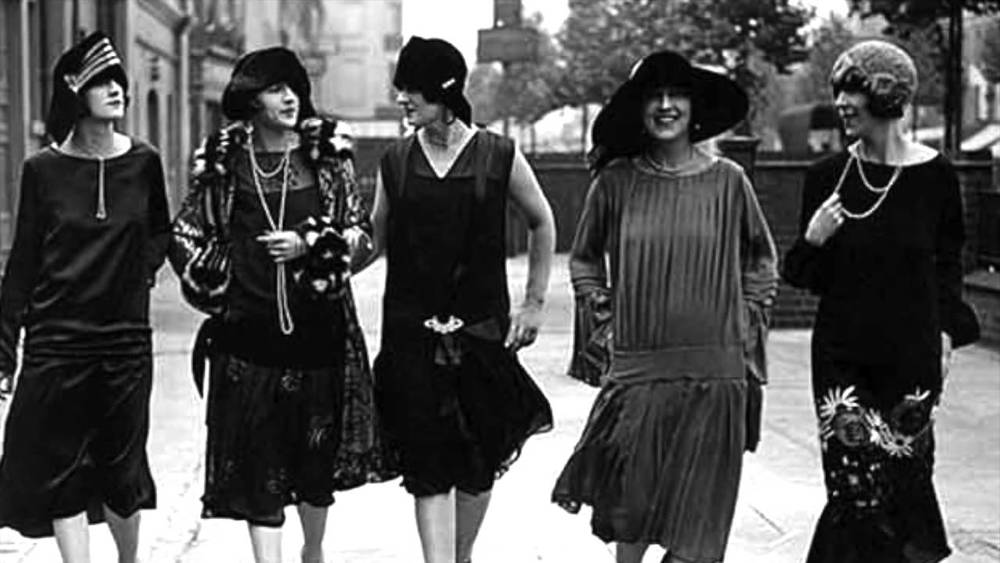
Scarves were another popular accessory during the 1920s. Many women wore colorful scarves around their necks or heads as a way to accessorize their outfits. Scarves could be made from a variety of materials, including silk, cotton, or wool.
Music, Movies, and Radio in the 1920s:
The 1920s were a time of great change in the world of music, movies, and radio. Jazz music became popular, and new technologies like radio broadcasting allowed people to share music and other forms of entertainment with each other on a wider scale than ever before. The development of motion pictures also allowed for the widespread distribution of movies, which became a hugely popular form of entertainment in the 1920s.
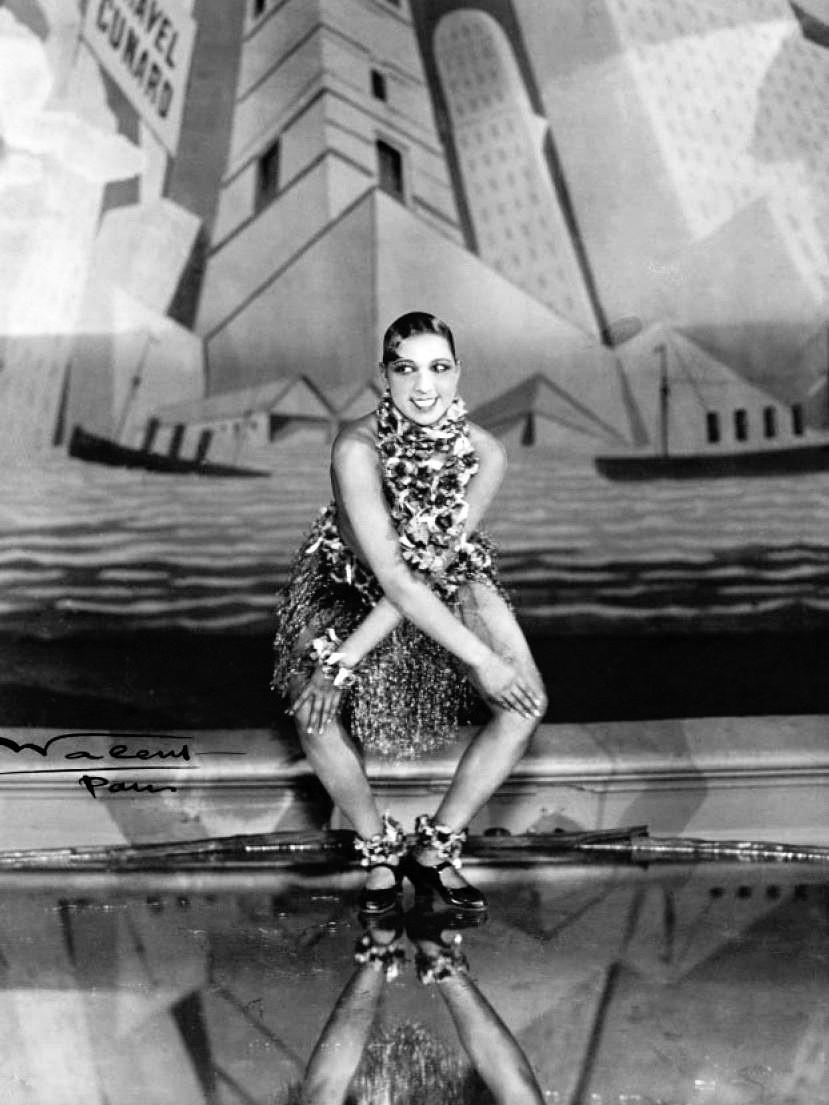
-What music was popular in the 1920s and where and when was it played?
In the 1920s, Jazz music was popular. It was played in nightclubs and speakeasies. The speakeasies were underground clubs where people could drink alcohol illegally because alcohol was banned during Prohibition. Some of the most famous jazz musicians of the time were Louis Armstrong, Duke Ellington, and Benny Goodman.
-How did jazz and other forms of music evolve during this time period?
The 1920s were a time of great change and experimentation in the world of music. Jazz began to evolve and take on new forms, and other styles of music began to emerge as well.
One of the most popular new styles of music in the 1920s was swing music. Swing music was a type of jazz that featured a more upbeat, danceable rhythm. It became very popular among young people, and helped to define the carefree, jazz-inspired atmosphere of the 1920s.
Another popular style of music in the 1920s was blues music. Blues music was a type of African-American folk music that featured soulful, melancholy vocals and guitar accompaniment. It became very popular among African-American audiences, and helped to give rise to the blues rock genre in the 1960s.
The 1920s were also a time when classical music began to experiment with new styles and sounds. Igor Stravinsky's ballet "The Rite of Spring" caused a scandal when it premiered in 1913, due its unconventional rhythms and harmonies. Other classical composers began to experiment with atonality, polytonality, and aleatoric music during this time period.
-What films and movies were popular in the 1920s and where did people watch them?
The 1920s was a decade of great change in America. It was a time of new inventions, such as the radio and the automobile, and of new ideas, such as Jazz and the flapper girl. It was also a time when people went to the movies to escape the reality of their everyday lives.
Movies were becoming increasingly popular in the 1920s, and people went to see them in theaters all over the country. Some of the most popular films of the decade were "The Jazz Singer" (1927), "Ben-Hur" (1925), and "The General" (1926). These movies were all very different, but they all had one thing in common: they were able to capture the spirit of the times and entertain people on a large scale.
The Jazz Singer was one of the first talking pictures ever made, and it was an instant hit with audiences. The movie tells the story of a young man who is torn between his love for music and his love for his family. It features some of the earliest recorded music ever made, and it is still considered to be one of the greatest films ever made.

Ben-Hur is a classic epic film that tells the story of a young Jewish prince who is forced to become a slave by Roman soldiers. The movie is famous for its exciting chariot race scene, which has been copied by filmmakers throughout history. It won 11 Academy Awards, including Best Picture, making it one of the most successful films ever made.
The General is a comedy-drama film about a train engineer who tries to stop Union soldiers from seizing his train during the Civil War. The movie was an instant hit with audiences and is now considered to be one of the greatest American films ever made.
Politics and Social Change:
Political change takes time. It doesn't happen overnight, and it doesn't always happen in the way we want it to. But through years of hard work and dedication, we can make progress - even if that progress is slow.
Take the women's suffrage movement, for example. For centuries, women have been fighting for the right to vote. And it wasn't easy - women were arrested, beaten, and even killed for trying to speak out. But eventually, their voices were heard. In 1920, the 19th Amendment was ratified, giving women the right to vote.
-How did politics change during the 1920s?
Politics changed during the 1920s in a number of ways. The 19th Amendment, which gave women the right to vote, was ratified in 1920. This opened up politics to more people and allowed for new perspectives to be heard. In addition, the rise of radio and other forms of mass media allowed for politicians to communicate with more people more easily. This made it possible for them to appeal to a wider range of voters and build support for their policies. Finally, the progressive movement made progressivism a more popular ideology, and this led to some changes in government policy. For example, the federal government began to play a larger role in regulating the economy and providing social welfare programs.
-What was the role of women and minorities in society at this time?
Women and minorities have always played a vital role in society, but their roles have changed over time. In the early 1900s, women and minorities were often seen as second-class citizens who were not given the same rights as white men. They were not allowed to vote, hold public office, or participate in most aspects of society. However, over the years they have fought for and won many rights and privileges. Today, women and minorities are considered equals to men and have the same opportunities to succeed. They can vote, run for office, and participate in all aspects of society. While there are still some areas where they are not fully equal (such as pay), they have come a long way since the early 1900s.
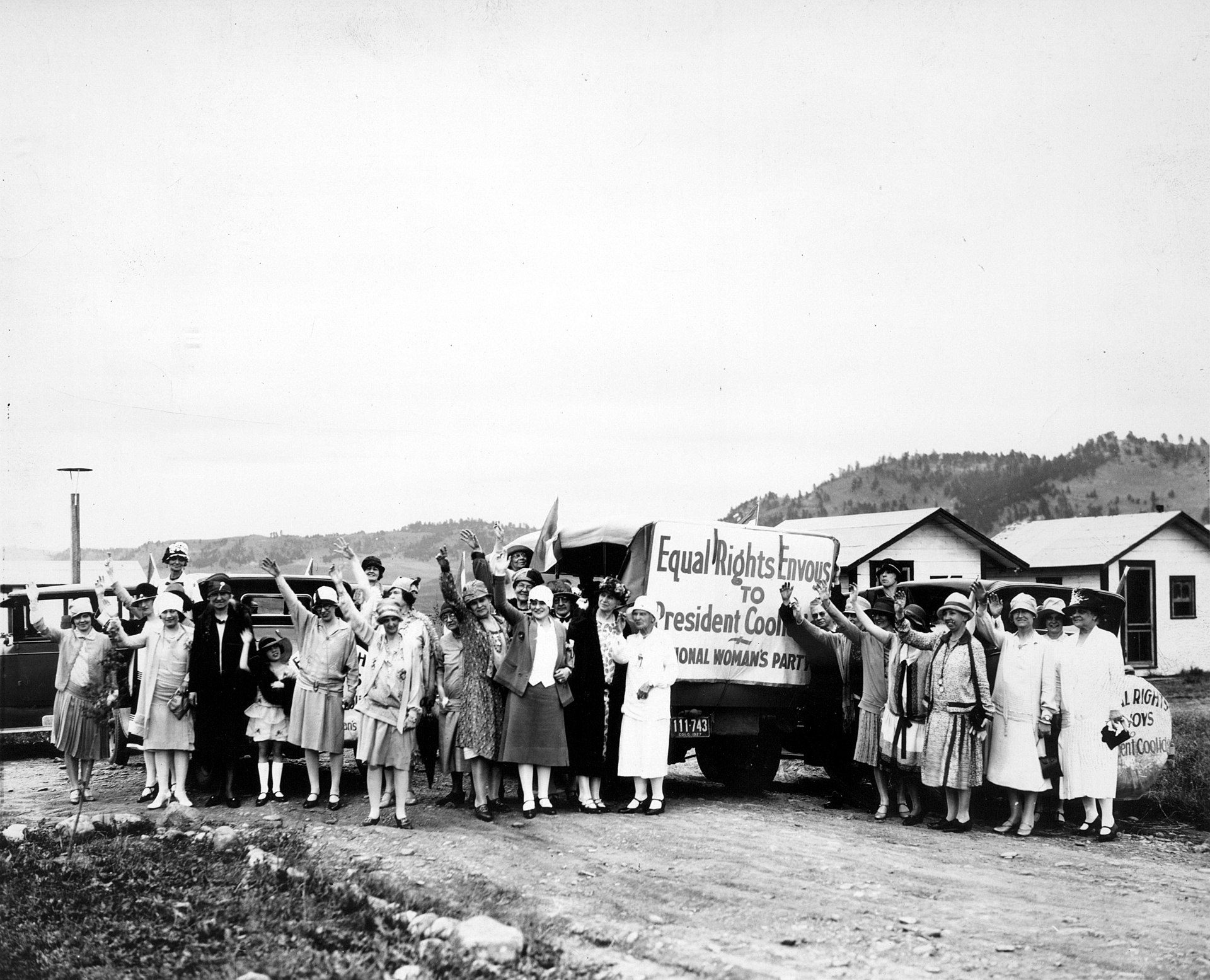
The 1920s were a time of great change and defiance. The world was evolving, and people were starting to break away from the traditional norms. Fashion and entertainment changed drastically, with women's clothing becoming more revealing and jazz music becoming popular. This was also a time of political upheaval, with women gaining the right to vote and social movements like prohibition taking hold. If you want to learn more about this fascinating decade, be sure to check out our other articles. Thanks for reading!
Next Article